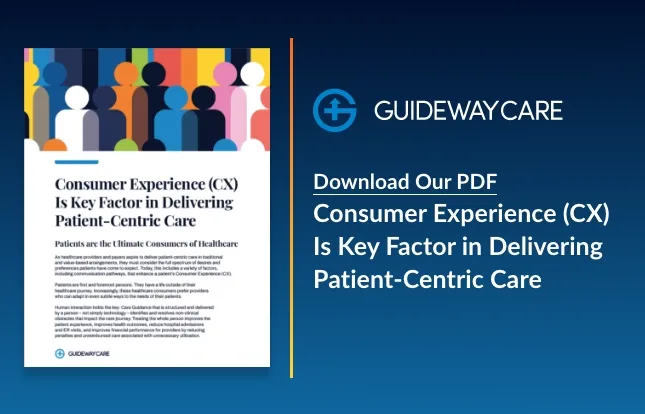Health Inequities, Social Determinants of Health Could Be Underlying Factors Impacting U.S. Life Expectancy

Key Points:
- While life expectancy is increasing in other developed countries, it is shockingly declining in America
- Socioeconomic factors influence health and wellness, increases burden of disease
- Advancing health equity, resolving SDoH are key considerations to improving care access, health outcomes and higher life expectancy for all
A recent National Public Radio (NPR) story, Live free and die? The sad state of U.S. life expectancy, digs into why Americans experience more diseased conditions and higher rates of early mortality compared to other nations. This story comes on the heels of Federal health officials confirming that life expectancy in America had dropped for a nearly unprecedented second year in a row – down to 76 years.
According to Health Affairs, it has become evident in the worlds of healthcare and public health that direct medical care accounts for only a small part of our actual health status. Even the best medical care, on average, will extend and improve our lives less than the combined benefits of nutritious foods, access to places to be physically active, safe and healthy homes, good air quality, lack of chronic stress, social support and other aspects of what are sometimes called the “social determinants of health (SDoH).”
An Innovative Solution Proposition to Resolve SDoH, Improve Health Outcomes and Support Higher Life Expectancy
Tina Graham, Guideway Care’s Chief Operating Officer, explains that issues attributed to SDoH typically fall outside the health system’s visibility and control. “It’s widely studied and reported that SDoH impacts a broad range of health, functioning and quality-of-life outcomes and risks. In fact, research shows that SDoH factors can drive as much as 80% of health outcomes.”
Peterson-KFF Health System substantiates the research by tracking and comparing social, environmental and economic factors that correlate as variables which influence health and wellness, lowers life expectancy, and increases mortality and burden of disease, but are in some respects outside the control of the healthcare system.
Given the clear connection between non-clinical factors and the overall health and well-being of our population, it’s imperative that healthcare participants (clinicians, hospitals/health systems and payers) take more action to comprehensively address these aspects of patients’ lives along their healthcare journeys.
Addressing Health Equity Is Key
SDoH is becoming more recognized throughout healthcare as factors which contribute to a widening of patient disparities that create obstacles to accessing and receiving equitable healthcare services. According to the CDC’s National Center for Chronic Disease Prevention and Health Promotion, all people should have the fair and just opportunity to live their healthiest life. However, some may not have equitable access to resources and opportunities due to unfair policies, practices and conditions and differential treatment because of a variety of health inequity factors.
Health equity is the state in which everyone has a fair and just opportunity to attain their highest level of health. Achieving this requires focused and ongoing societal efforts to address historical and contemporary injustices; overcome economic, social and other obstacles to health and healthcare; and eliminate preventable health disparities, the preventable differences in the burden of disease or opportunities to achieve optimal health. Health disparities must be resolved as they compound health inequities because they put an already economically and socially disadvantaged group at further disadvantage with respect to their health and wellness.
Guiding the Future of Equitable Care
Guideway Care provides a high-tech care guidance solution with a human touch. Highly trained “care guides” proactively and personally engage with patients and their families to conduct assessments designed to uncover and resolve their practical and non-clinical issues stemming from SDoH that may evolve into non-clinical barriers to their care. By following protocoled workflows and escalation paths, care guides also ensure that relevant clinical issues are immediately directed to the right member of the clinical team before becoming problematic, challenging and costly to treat.
Care guidance maximizes efficiency, lowers total cost of care and raises quality metrics in value-based care programs. As a result, hospitals and their clinical staff receive needed support to deliver quality, equitable care, generate the best possible outcomes for patients and optimize financial and operational performance.
Contact us for insight into how Guideway Care, as your partner, can implement an efficient and effective care guide solution to support your clinical team and deliver on the promise of health equity based on the needs of the patient populations in your community.
Contact Us Today To Learn How We Can Help
"*" indicates required fields




